We’ve all heard the expressions “you could have been born on the other side of the tracks” or “he or she is from the other side of the railroad tracks” and we know it to mean that the “other side” is not as nice or as privileged. Perhaps Cambodians have their own translation of this popular colloquialism, and although we might consider a country like Cambodia to be the “other side of the tracks”, Cambodians themselves have different economic levels of their own society. No matter where it is, it seems that people who live along the railroad tracks tend to be the “less fortunate” ones.
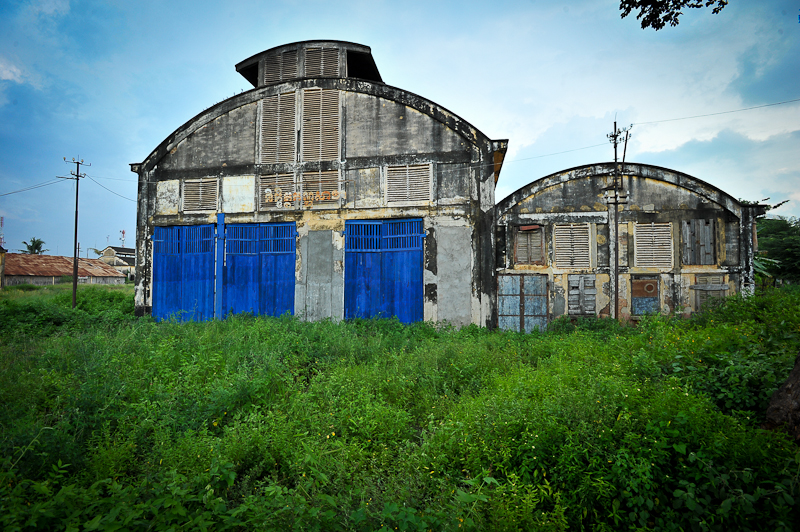 With that in mind; and with some time off between my NGO assignment in Siem Reap and my India Photo Tour, I was out investigating interesting locations where I might suggest to my students for next year’s 2012 Angkor photo workshop, to go and capture some great photo stories.
With that in mind; and with some time off between my NGO assignment in Siem Reap and my India Photo Tour, I was out investigating interesting locations where I might suggest to my students for next year’s 2012 Angkor photo workshop, to go and capture some great photo stories.
Personally, I always find that the communities that spring up along the railroad tracks are fantastic places for photojournalism. Whether it be Bangkok, Manila, New Delhi or Yangon, a walk along the railway always ends up being a great photo op.
As usual, children are always excited to see a visitor, especially in an area where most foreigners don’t venture.
Life along the tracks is just like life anywhere else, people live their lives, people commute to and from work, dogs bark, babies cry, people sleep in hammocks, goods and services are bought and sold, children play, cell phones ring and like everywhere else in Cambodia there is no shortage of smiles. But there is also no shortage of the usual “other side of the tracks” kinds of things like drug abuse, crime, alcoholism and down-and-out poverty.
I tried to document both the good things and the bad things that I observed. What I came away with was a renewed understanding that although people live on different sides of the railroad tracks; we are all quite similar.
What I remember most about the shoot, was my encounter with a young disabled girl, who’s excitement and friendliness seemed to exemplify the childlike innocence and non-self consciousness of this most wonderful country.



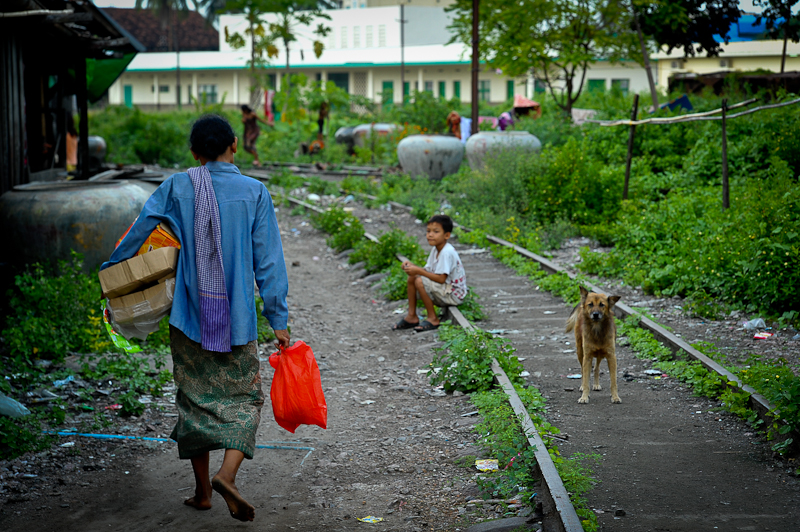

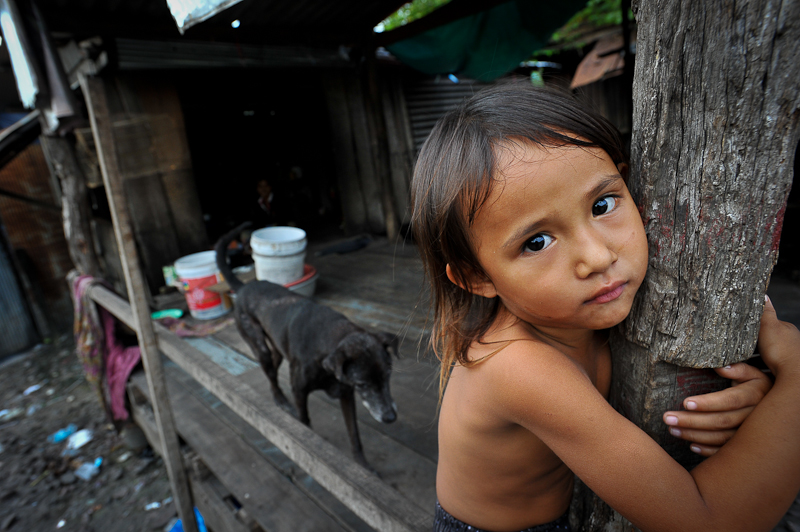



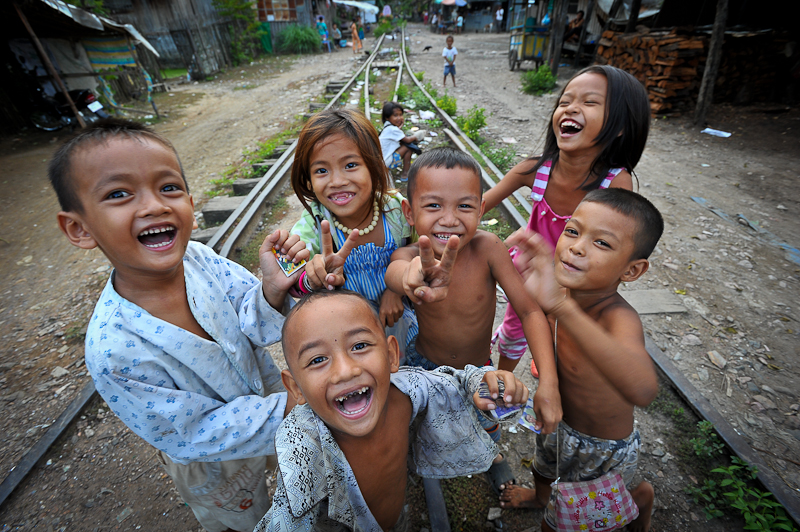

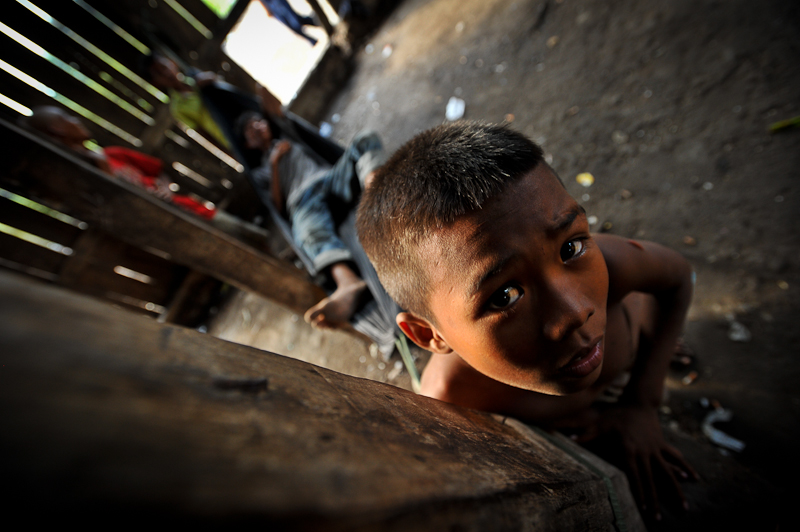
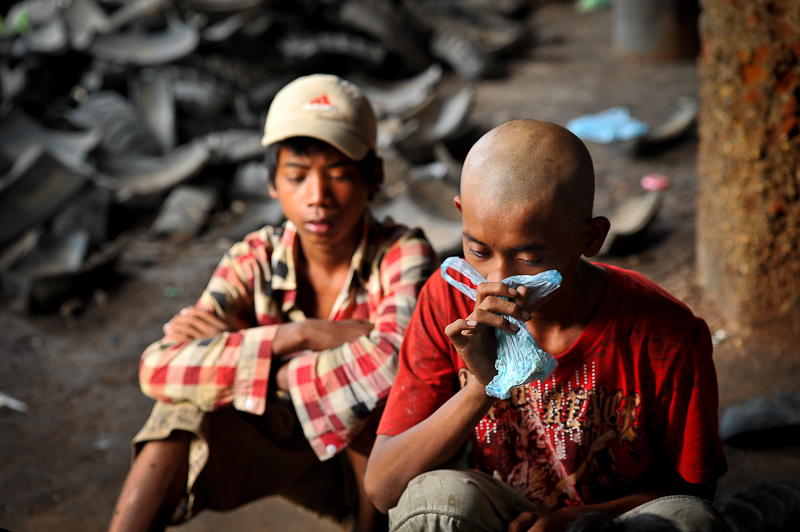
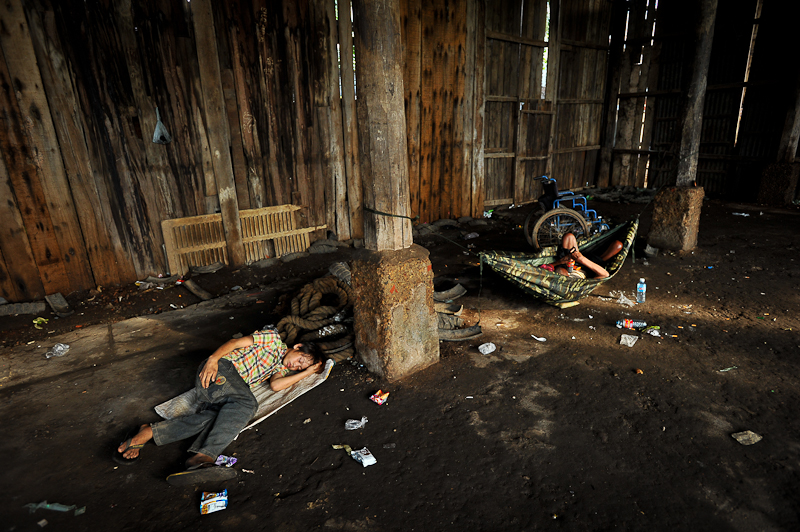
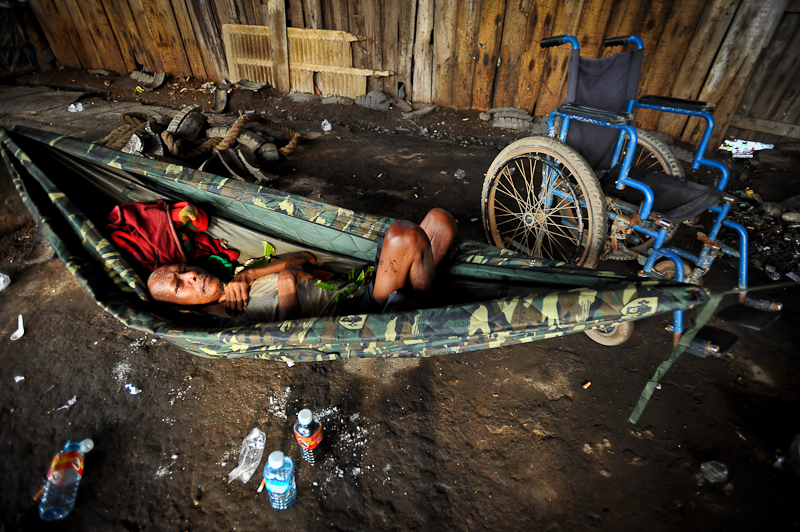


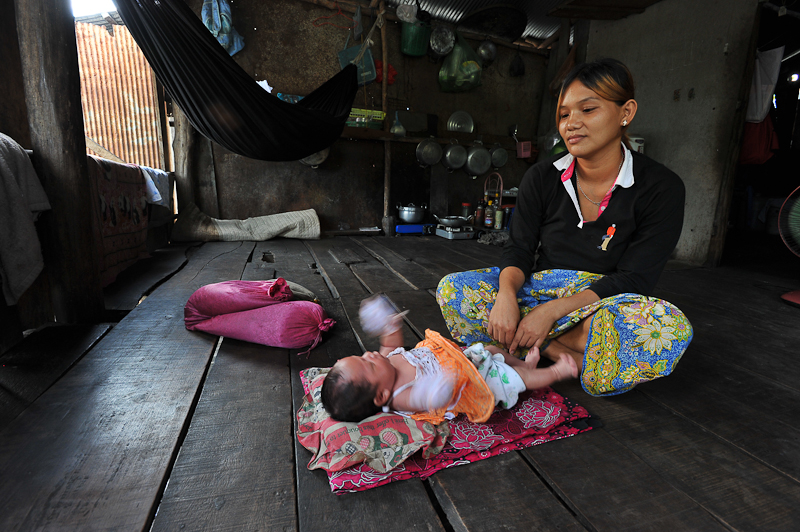







So important to see the wide range of life. You’ve captured such beautiful light and colour in places others might not expect to see it. Thanks Karl, for expecting beauty on the margins.
You know I love making images that others would just walk right past. Your images of “the other side of the tracks” are unexpected, stunning, sad and heartwarming at the same time. This makes me want to go back to the workshop again next year!!
Your images continue to inspire me to get out and find the stories behind the ordinary. I second Ayn’s comment..